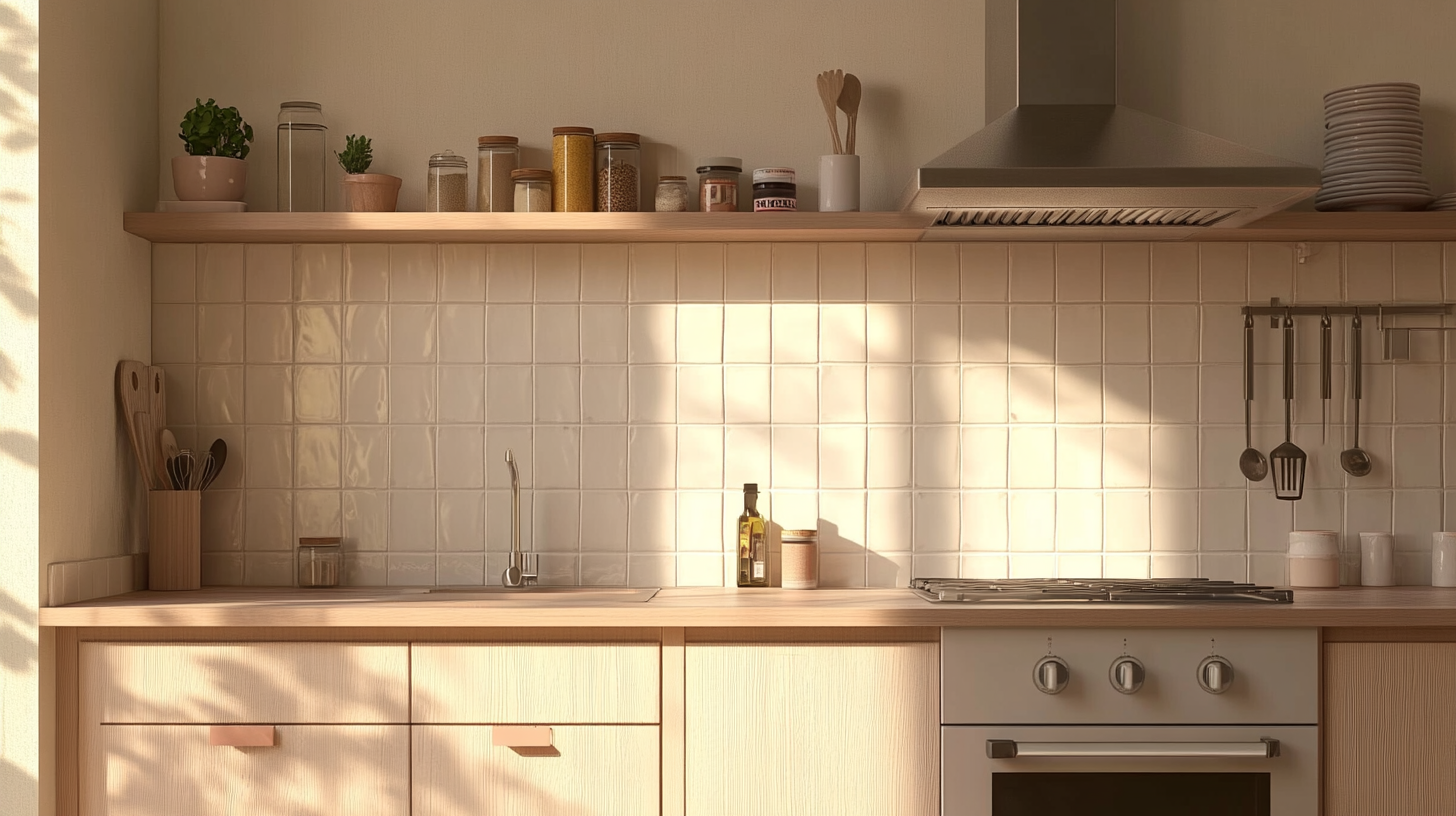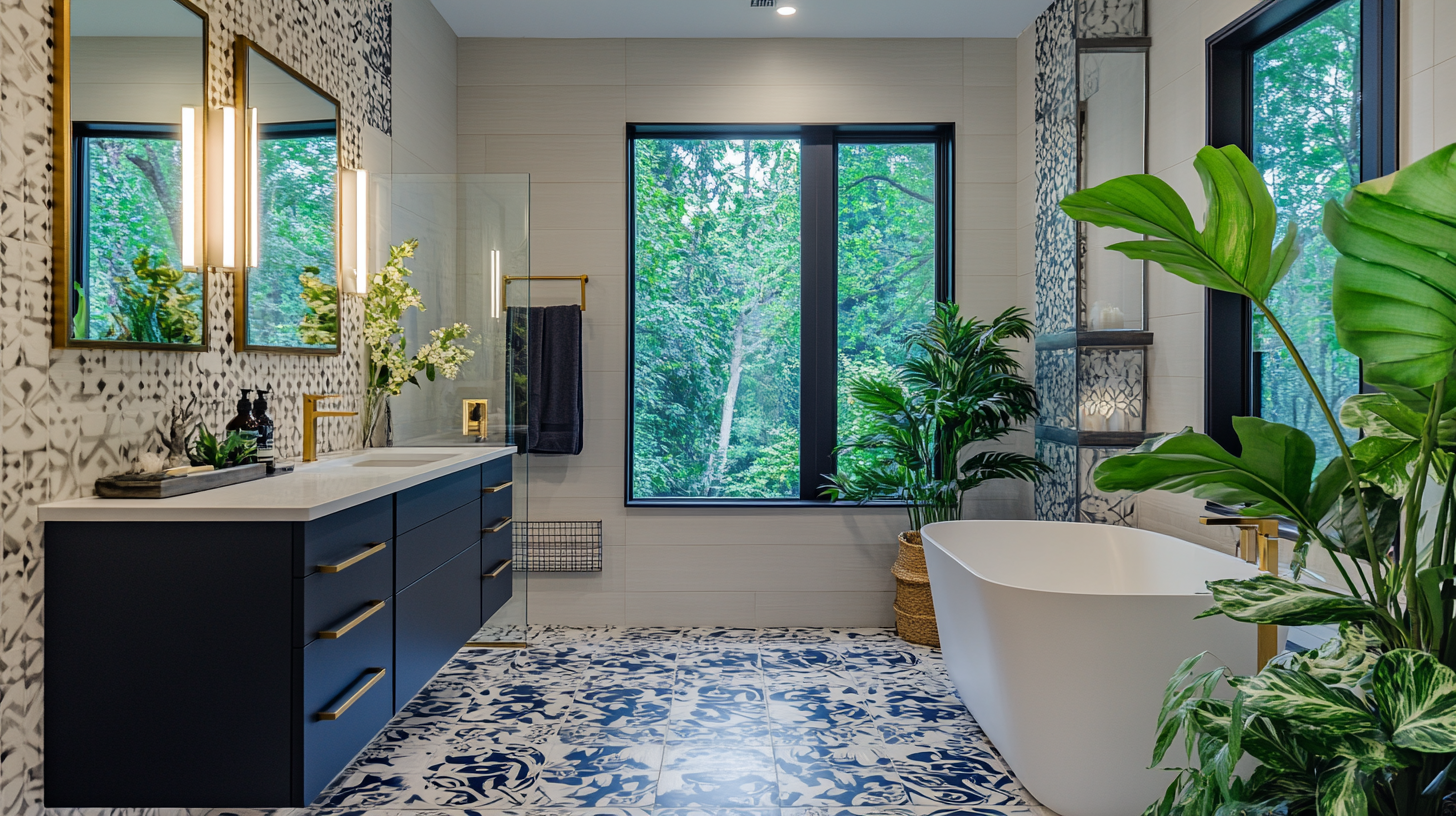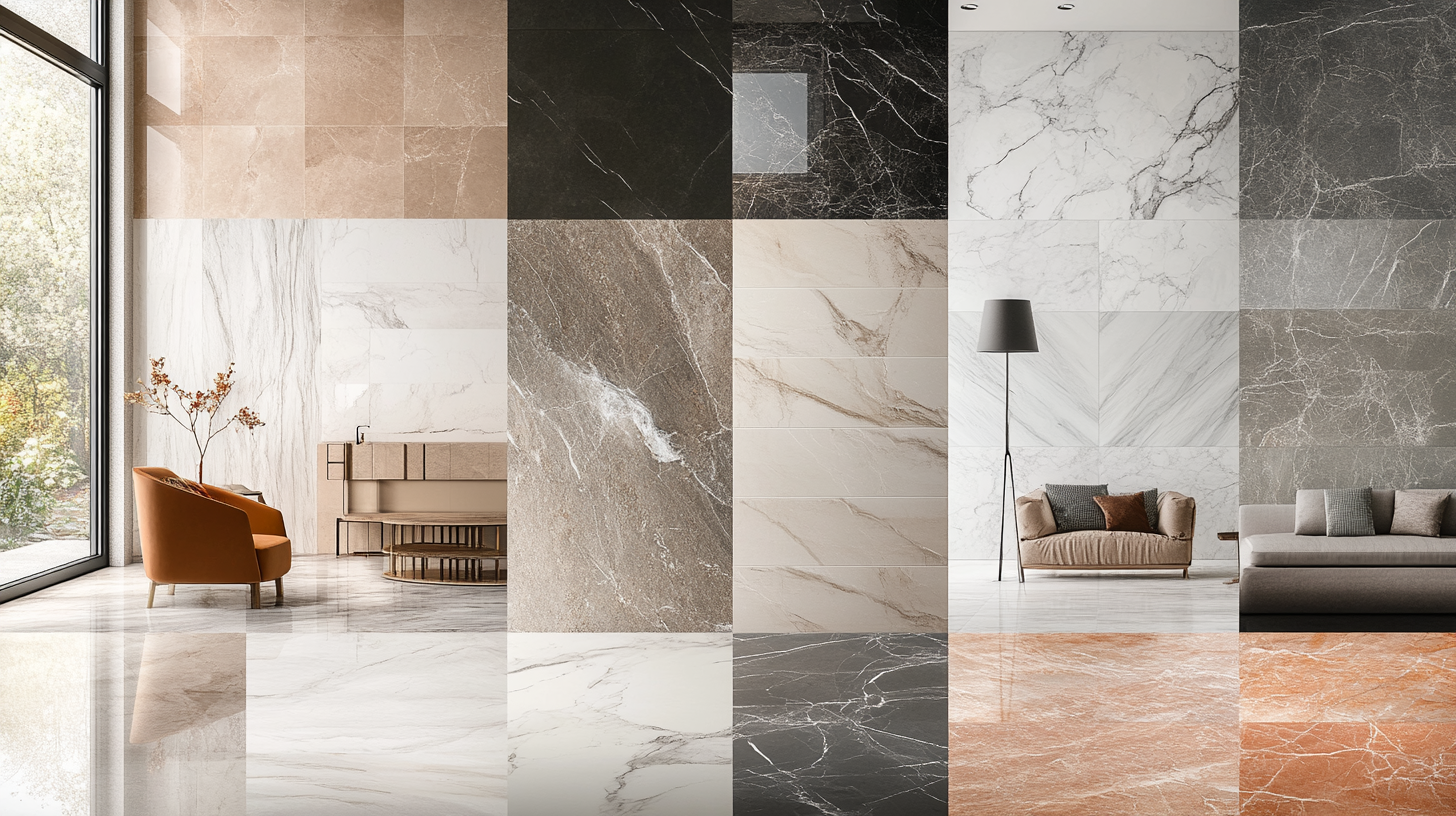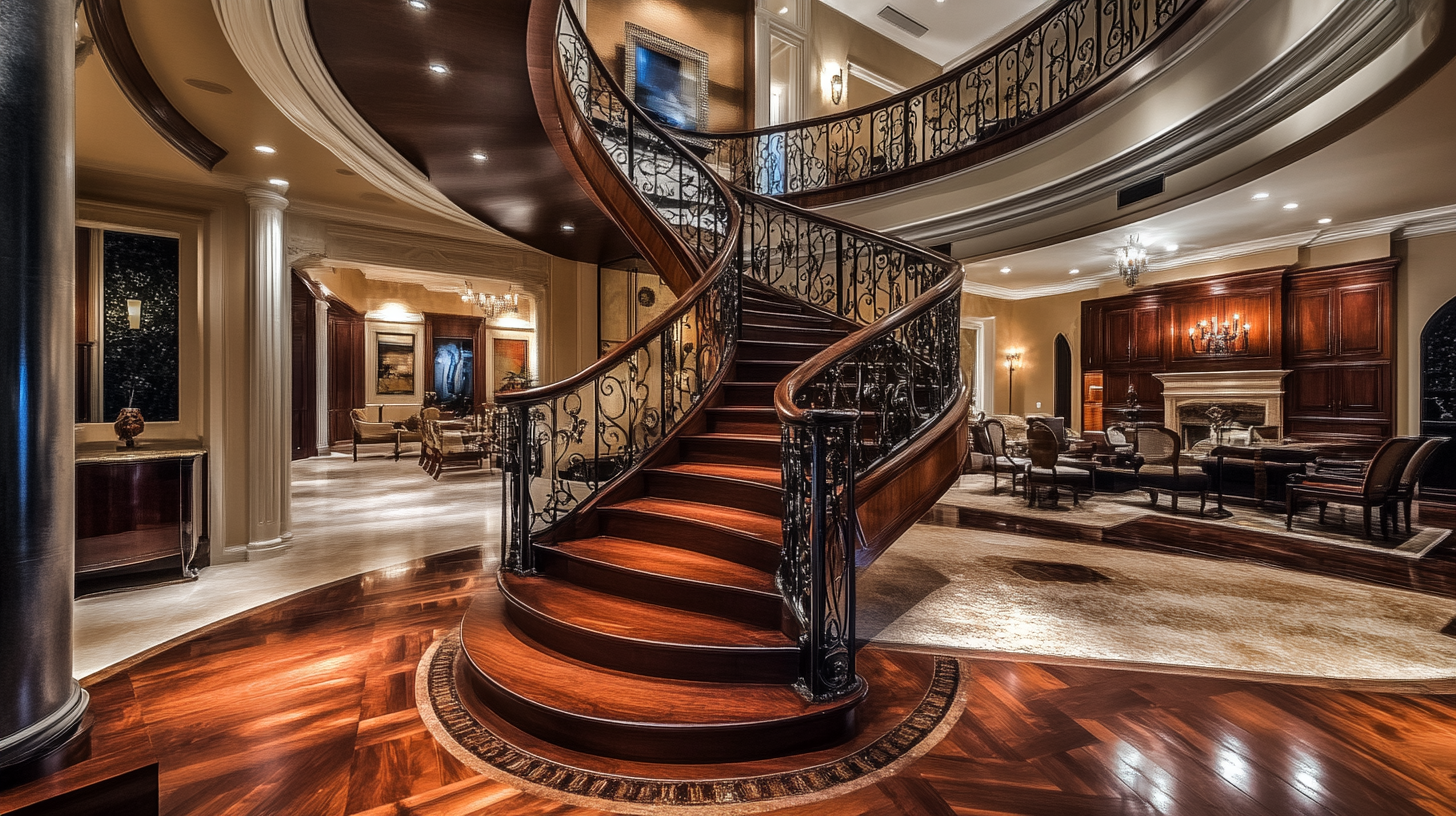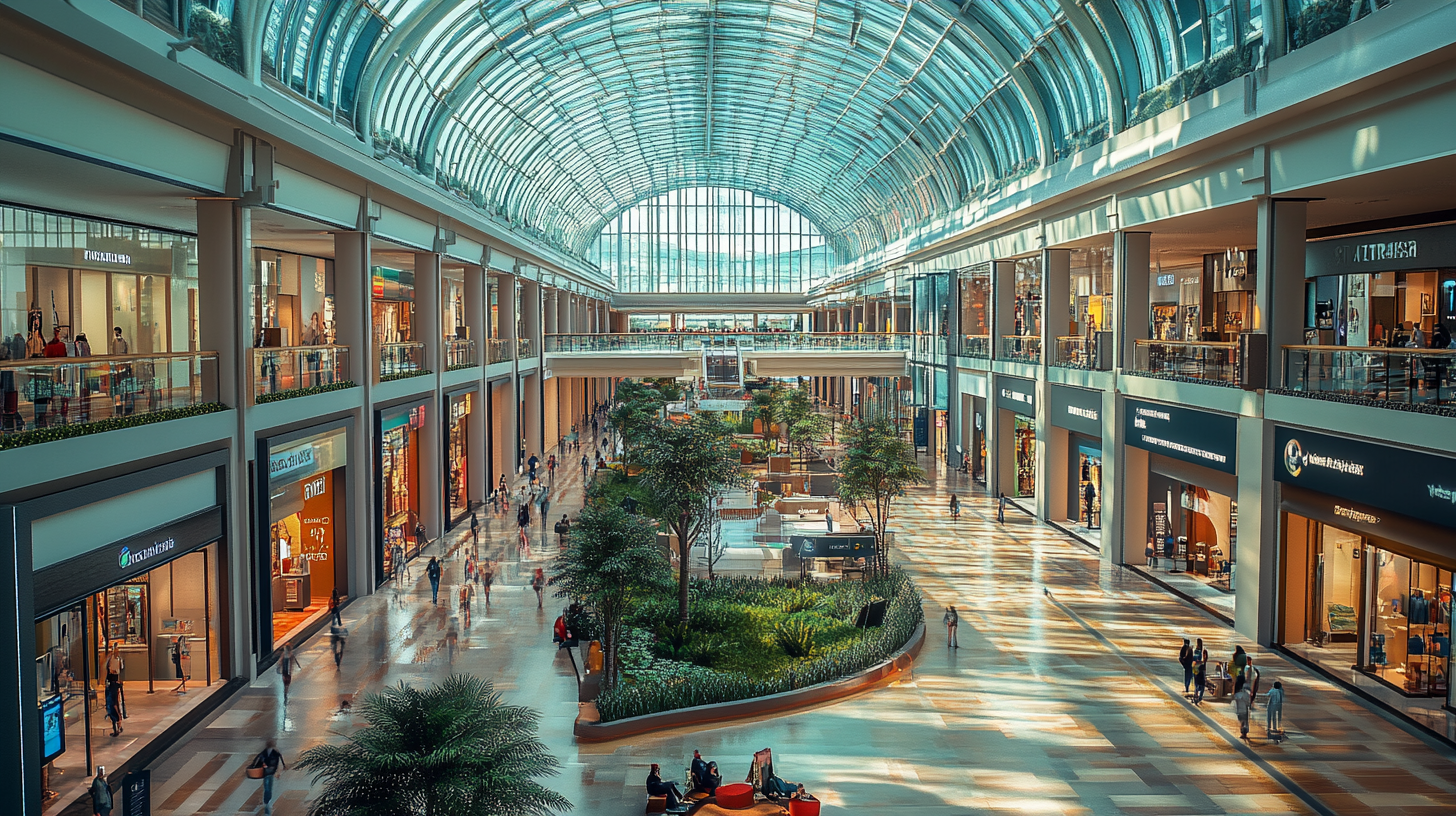
How Interior Design Impacts the Success of Shopping Malls
Shopping malls are more than just places to shop; they are community hubs, entertainment centers, and destinations for family outings. With the rise of e-commerce, the role of physical malls has shifted from being purely transactional spaces to experiential ones. For mall managers, retail designers, and real estate developers, this evolution places interior design at the forefront of a mall’s success.
An expertly designed shopping mall does more than please the eye. It attracts foot traffic, influences consumer behavior, promotes higher sales, and enhances brand recognition for tenants. This post explores how thoughtful interior design decisions transform malls into thriving ecosystems that balance aesthetics, functionality, and profitability.
The Psychology of Space in Shopping Malls
How Design Influences Consumer Behavior
Every corner of a mall tells a story, evoking reactions that influence how much shoppers explore and how long they stay. The design layout, flow of spaces, and overall ambiance can lead customers to linger longer, increasing the likelihood of purchases.
An open, airy space puts shoppers at ease, while well-organized navigation makes it easy for them to explore. Research shows that shoppers tend to avoid overly crowded or confusing areas, so seamless pathways and intuitive layouts are essential.
The Impact of Open Spaces, Lighting, and Navigation Flow
Open spaces encourage movement while giving people room to rest and socialize. Natural light creates a welcoming, positive atmosphere that keeps shoppers engaged. Artificial lighting, when done right, highlights specific zones and creates focal points that draw attention.
Case Study: The Forum Vijaya Mall in Chennai seamlessly combines open floor designs and natural lighting while ensuring its layout guides shoppers fluently through various zones. It exemplifies the balance between experience and functionality, appealing to both visitors and retailers.
The Role of Aesthetics in Customer Engagement
Creating Visually Appealing Spaces
A mall’s first impression often determines whether customers return. Attractive interiors with stunning visuals, art installations, or theme-based designs create memorable first impressions. Warm interiors, inviting decor, and cohesive themes can trigger positive emotions, making shoppers feel more connected to the space.
Color Psychology and Themed Designs
Color can make or break a shopper’s mood. For instance, cool tones like blue offer a calming effect, while accents of red can inspire urgency and focus. Theme-based designs, such as contemporary minimalism or retro chic, help create unique experiences for each visitor.
Insight: Incorporate elements like greenery, water features, or artistic displays to keep customers engaged while fostering emotional connections.
Importance of Layout & Zoning in Mall Design
Strategic Placement for Success
Effective zoning creates a structured flow that maximizes foot traffic throughout the mall. By placing anchor stores like supermarkets or department stores at opposite ends, you encourage thorough exploration of the space.
Balancing Retail Outlets, Food Courts, and Entertainment Zones
A successful mall balances retail therapy with leisure. Food courts near entertainment zones boost cross-category traffic, while spacious walkways ensure comfort. Resting areas between zones further enhance the experience.
Tip: All zones need to work cohesively while appealing to different demographics, ensuring each shopper finds value in their visit.
Lighting & Ambiance
Setting the Mood with Lighting
Lighting impacts how welcoming and engaging a mall feels. Diffused lighting works well in rest areas, while task lighting highlights merchandise.
Natural lighting allows for an eco-friendly, cost-effective solution that lifts visitor moods. Pair windows and skylights with greenery for a serene shopping atmosphere.
Success Story: Phoenix MarketCity in Chennai embraces effective lighting as a key design element, seamlessly integrating energy-saving LED fixtures. It creates ambiance while reflecting its commitment to sustainability, making it a candidate for “best interior design in Chennai” accolades.
The Integration of Smart & Digital Interiors
Enhancing the Shopping Experience with Technology
Digital interiors drive convenience and engagement. Interactive kiosks, personalized AI-powered recommendations, and dynamic digital signage make navigation effortless.
Advanced technologies such as AR mirrors or virtual fitting rooms enhance interactivity, bringing online innovations to the in-store experience.
Pro Tip: The future of mall interiors lies in blending physical and digital experiences, providing endless engagement possibilities.
Comfort & Convenience
Designing Seating and Rest Areas
Comfort amplifies satisfaction. Thoughtfully placed seating lounges, kid-friendly zones, and relaxation pods allow people to rest or recharge during their shopping spree.
Accessibility features, such as ramps and spacious elevators, are equally critical to ensure inclusiveness for differently-abled customers.
Sustainable Interior Design for Malls
Eco-Friendly Choices
Today’s customers care about sustainability. From energy-efficient lighting to the use of eco-friendly building materials, greener interiors attract environmentally conscious shoppers and developers. Adding vertical gardens or water installations within malls further fosters an organic ambiance.
Storefronts & Visual Merchandising
The Power of First Impressions
Retail storefronts are more than just displays; they act as magnetic attractions for foot traffic. A combination of striking window displays, interactive designs, and dynamic layout changes keep storefronts fresh and engaging.
Sound & Acoustics
Creating a Pleasant Atmosphere
Sound elements can subtly influence the shopping experience. Light instrumental music creates a soothing environment, while effective noise control ensures acoustics across food courts or crowded areas don’t interfere with customer enjoyment.
Case Studies of Successful Shopping Mall Interiors
Globally Acclaimed Examples
- Dubai Mall – Focuses on thematic zones, from luxury brands to aquatic displays.
- LuLu International Mall, Kochi – Combines regional culture with modern aesthetics, setting benchmarks for top-tier malls in India.
Learning from What Didn’t Work
Malls with poorly conceived layouts, inadequate lighting, and lack of resting zones often fail to retain customers, emphasizing the critical role of design in sustained success.
Looking Forward to the Future of Mall Interiors
The retail landscape is rapidly evolving, demanding a shift towards multi-functional and digitally integrated spaces. Successful malls will balance purposeful design with aesthetic appeal, ensuring they remain destinations of choice for marketers, tenants, and shoppers alike.
Building a mall that stands out? Partnering with the best construction company in Chennai can help you bring your dream interior design to life. Reach out today to get started on an inspired project that transforms foot traffic into fruitful results.
